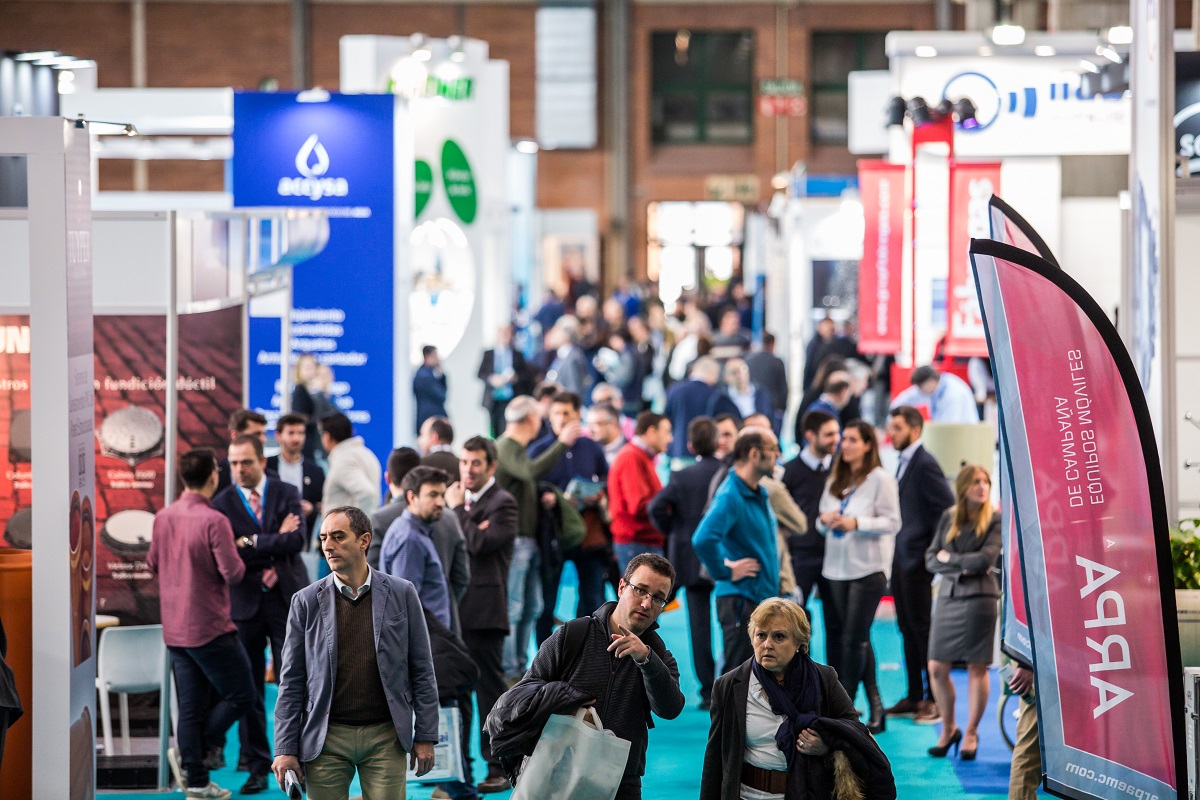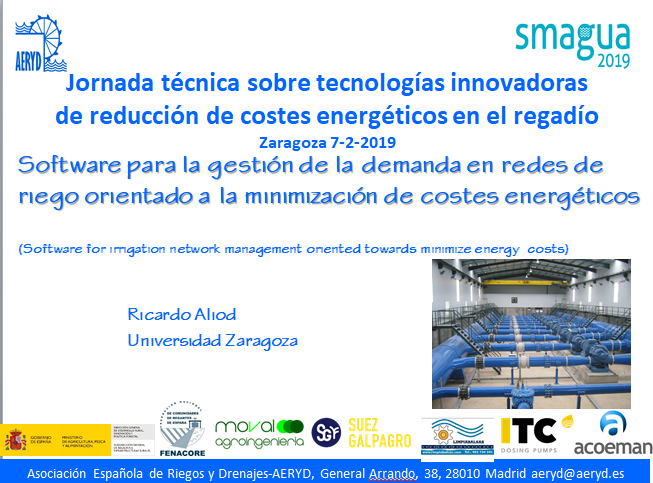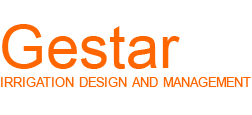News

TECHNICAL CONFERENCE AERYD SMAGUA 2019
In the context of the tarde fair SAMAGUA 2019, AERYD is organizing a Technical Conference addressing the topic:
Innovative technological solutions for reducing energy costs in irrigation.

Conference Program
We were invited to present the contribution entitled

The most cost-effective measure for reducing energy costs in direct pumping irrigation systems is demand management through irrigation scheduling.
This involves:
1) Supplying the requested irrigation times within the requested timeframe.
2) Preferably using hours with the most economical electricity rates to minimize costs. That is,
- Preferably using hours with the most economical electricity rates (P6).
- Using intermediate-cost rates (P2, P3, P4) as little as possible.
- Excluding hours with the most expensive rates (P1).
- Contracting different power levels in each period, using the same criteria.
3) Ensuring that there is sufficient pressure in all hydrants when they are needed to irrigate.
4) Modulating the pressure, if possible, and limiting the contracted power in each period.
This strategy is especially recommended for the months of June, July, and August, when the highest irrigation needs coincide with the most expensive rates.
This optimal scheduling represents an enormously complex problem, with many decision variables, that an operator cannot satisfactorily solve through experience or trial and error alone.
Artificial Intelligence computational algorithms and applications have been developed that successfully solve this challenge of obtaining truly optimal irrigation schedules, without pressure deficits, enabling savings of between 16 and 39% in operational costs in the cases analyzed.

ricardo aliod 01-02-2019


